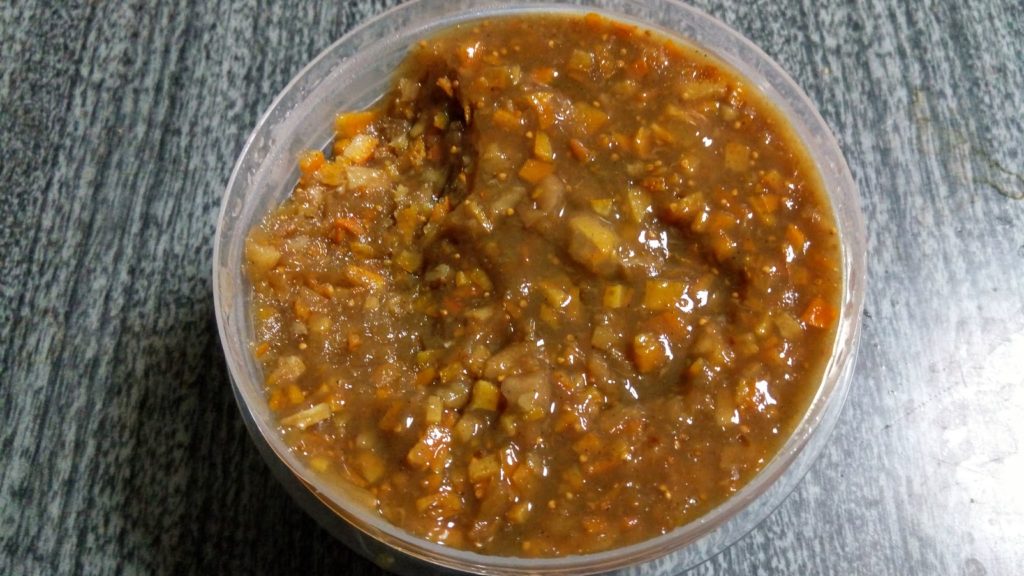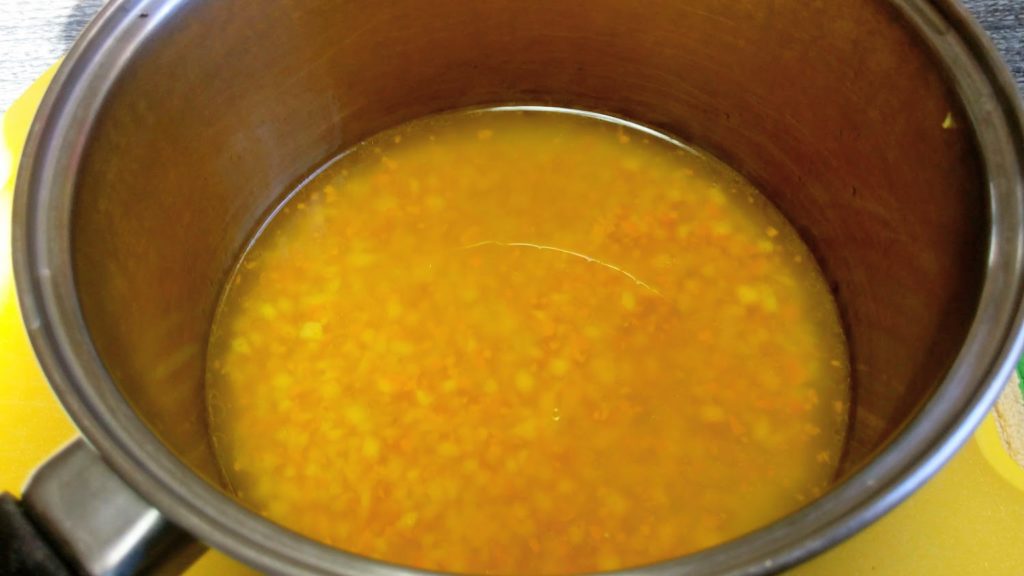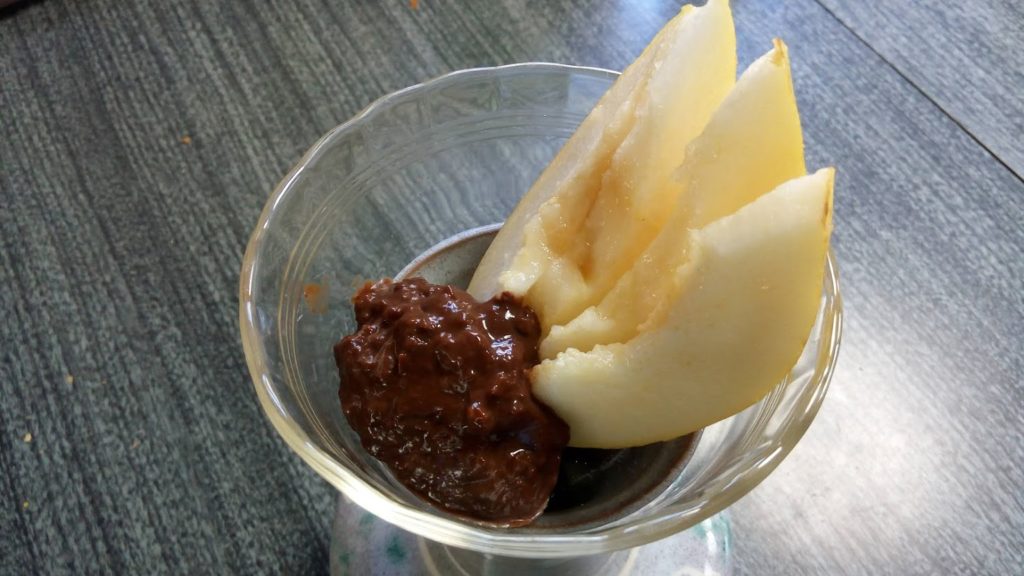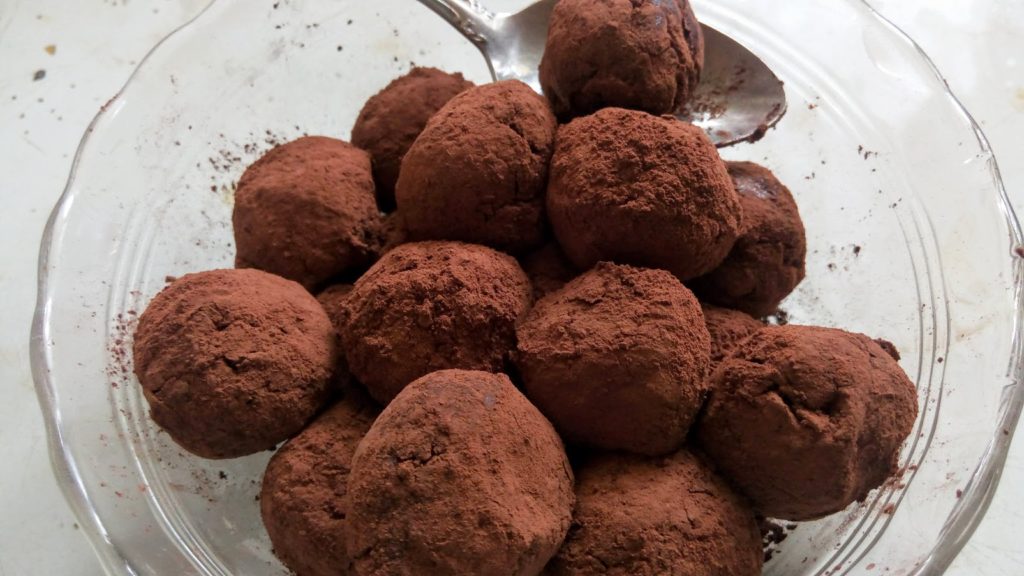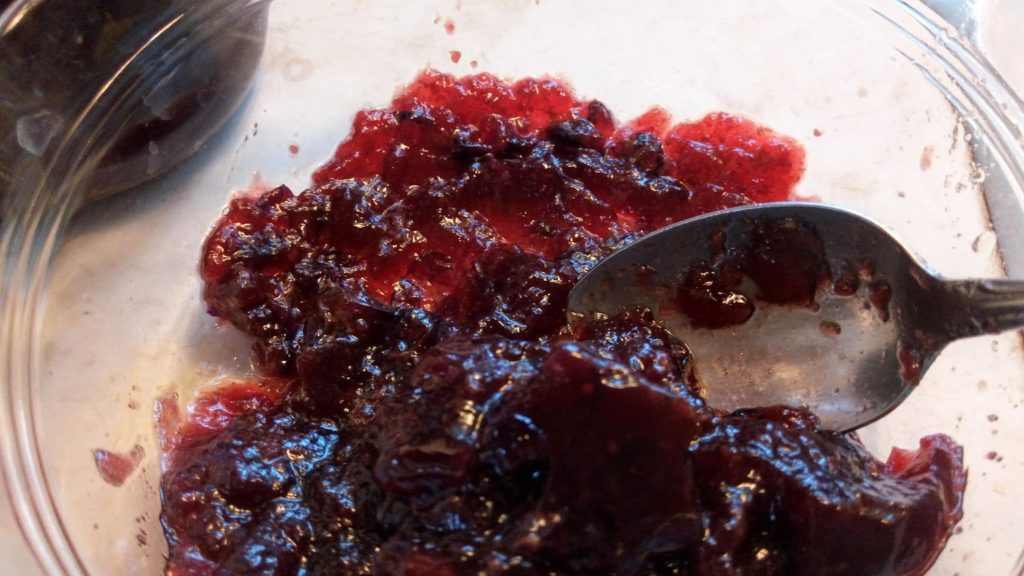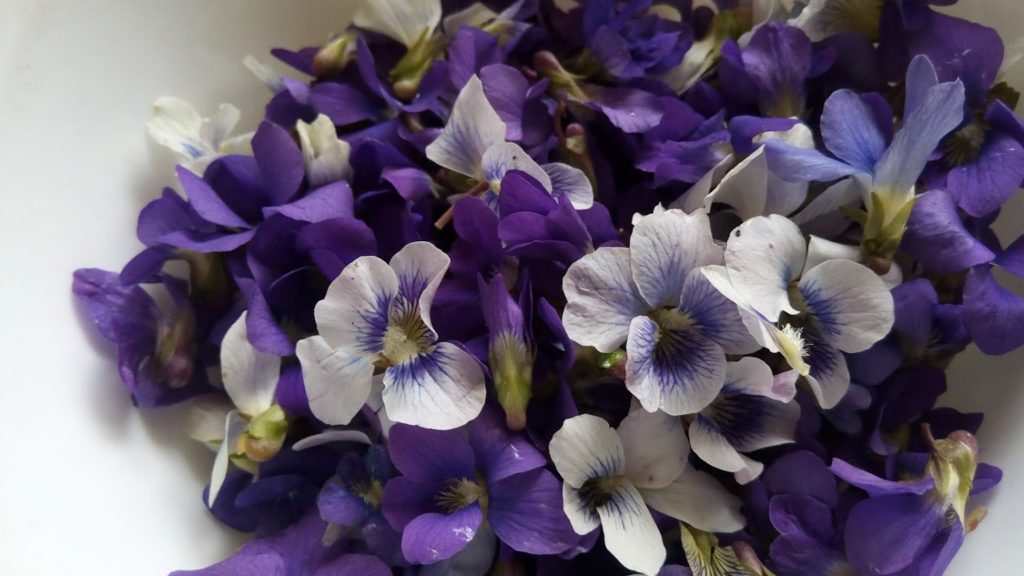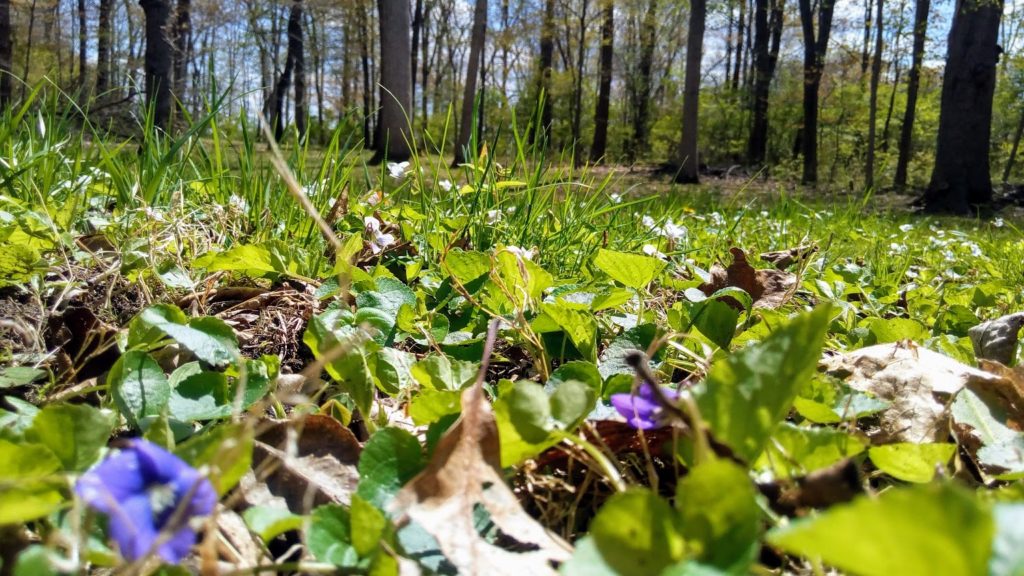The reason lung edema and diarrhea and other digestive symptoms (30) are potential symptoms of the novel coronavirus, (SARS-CoV2, also called COVID-19), and not infrequent as a way for the symptoms to start, (13); is because the virus is infecting cells by entering at ACE2 receptors. ACE2 receptors seem to have a role in cardiovascular health and they are more prevalent within the lungs and in the duodenum of the GI tract. ACE2 receptors also tend to be present in more quantity in men, in smokers, (people with excess weight will also have more, due to having more adipocyte/fat cells which also have ACE2 receptors, (32, 33)), and in people taking one of two different groups of medications.
“It has also been confirmed…SARS-CoV-2 uses the same receptor, the angiotensin converting enzyme II (ACE2), as the SARS-CoV [11]” “a 3D structural analysis indicated that the spike of SARS-CoV-2 has a higher binding affinity to ACE2 than SARS-CoV [23]”
Xiaolu Tang, Changcheng Wu, Xiang Li, et al., On the origin and continuing evolution of SARS-CoV-2. 29-Feb-2020. (academic.oup.com/nsr/advance-article/doi/10.1093/nsr/nwaa036/5775463)
The ACE Inhibitors (list) block an enzyme involved in the chemical pathway and Angiotensin Receptor Blockers (ARBs, list) inhibit the ACE2 receptor in addition to inhibiting Angiotensin Receptors. Angiotensin is involved in the chemical pathway which gets complicated – watch the video: Coronavirus Pandemic Update 37: The ACE-2 Receptor – The Doorway to COVID-19 (ACE Inhibitors & ARBs). (1) (And for more information: an overview article on the ACE2/Angiotensin chemical pathway. (6))
Part of the complicated part is also the question of what to do about those medications while there is risk of infection – the consensus is, more information is needed. While having been on one of them may increase the risk of infection due to there being more ACE2 receptors than usual, stopping abruptly wouldn’t immediately get rid of the extra ACE2 receptors and the medications, particularly the ARBs which block the ACE2 receptors may have a protective effect once exposure to the virus occurs. (1)
As the viral infection advances in severity – more and more virus have been replicated and many cells are infected – the patient’s symptoms tend to become similar to genetic knockout mice bred to have zero ACE2 receptors. The mice don’t do well over time, developing cardiac problems and other symptoms similar to COVID19 patients with more severe cases. (1) If the viral load was very large than the patient’s ACE2 receptors might all have been filled with virus – making the patient phenotypically similar to a mouse with zero functional ACE2 receptors.
ACE2 enzyme is also present in the body in a free floating form, not just as a receptor embedded within cell membranes. A potential treatment possibility early in exposure would be to give the patient large amounts of the soluble ACE2, (7), – the free floating enzyme would attract virus to lodge into the enzyme but it would have no cell to enter and it is our cells, or another infected species cells in which virus are replicated. The viral design takes over our own gene replicating processes within the cell and set our own body to work making many many copies of the virus. When a cell is maxed out on replication of the virus the cell bursts and the many, many virus are free to circulate looking for more cells with ACE2 receptors to enter and set to more replication.
Symptoms include chest pain, difficulty breathing, a feeling that a breath isn’t really getting oxygen (because it isn’t, lung function is significantly reduced, requiring a ventilator or other breathing support). With more severe illness, all those infected cells that burst to release virus are dead and the area would have inflammatory damage from the cellular debris. Some patients who recover have been found to have continuing decreased lung function by ~ 20-30%, enough to leave them winded, short of breath, after minimal exercise such as walking. Reinfection also seems to be possible as the antibodies against the virus don’t seem to last very long. (4) Which suggests that pinning our hopes on a vaccine or herd immunity would be foolish.
Addition: As many of half of patients who tested positive for CoV-19, in nations that have been doing mass testing, have been found to have no symptoms or only very mild cough or fever, or even oddly, a loss of the sense of smell or taste – the virus may be affecting the olfactory bulb area of the nose and brain, which may be blocking nerve signals from the nose or mouth to the brain. (27) The brain has ACE2 receptors also, the significance of this symptom to long term health of the brain is unknown at this time. (29)
Of the patients testing positive two studies have shown an average of 17.9% had no symptoms and over half of people became infected in contact with some who had not developed symptoms yet. (28) This is why we need more testing to help stop spread of infection by people who don’t realize they are infected. In the meantime it would be cautious for everyone to practice Universal Precautions – avoid body fluids and respiratory droplets from everyone.
Diet tips that might help inflammatory GI symptoms.
Now, change of topic, what to do about diarrhea and other digestive symptoms? The digestive symptoms may include stomach pain/nausea, vomiting, and intestinal pain after eating, particularly after some types of foods. Inflammatory digestive conditions can be helped by eating foods that are similar to the layer of mucus that lines the intestines during normal health.
Foods that are mucilaginous – a little sticky and gooey – include:
- the vegetable okra and the powdered sassafras leaves used in Creole gumbos known as Gumbo File.
- Slippery Elm Powder is an ingredient in some herbal teas designed for use with a sore throat. Marshmallow Root Powder is very similar in healing benefits and a little less expensive than Slippery Elm Powder (and yes, marshmallows were originally made from Marshmallow Root Powder, now marshmallows are just another corn product).
- Flax meal powder (21) when mixed with boiling water and stirred for two minutes will become mucilaginous and can be used as an egg replacer as it can act as an emulsifier. Gumbo File can also be mixed with boiling water and used in place of eggs as an emulsifier. It has a stronger flavor than flax meal powder but is a finer grind. Golden flax meal is slightly less gritty in texture than regular brown flax meal. Flax seeds are very tough and will not be digestible or chewable unless ground before use.
- Egg replacer ratio that I use- 10 tablespoons water, bring to a boil and quickly remove before over-evaporating, stir into a bowl with pre-measured two tablespoons of Golden Flax Meal or Gumbo File. Stir for two minutes until thickened and the flax meal would turn the water from clear into an opaque creamy white color. Gumbo File is greenish and dark, and would be least noticeable in a chocolate brownie type of recipe.
- Gelatin, bone broth, Jello (TM), are all mucilaginous from the collagen/gelatin from animal products. Agar is a vegetarian gelatin substitute made from seaweed and Irish Sea Moss can also be used to make gelatin like desserts. Tapioca starch can also be used to make a gelatin like dessert that is slightly more dense in texture than Jello (TM). The Gumbo File could be used to thicken fruit juice or fruit also for a gelatin dessert like effect but the flavor again might be more noticeable than if Agar, Tapioca Starch or traditional animal derived gelatin were used.
- Psyllium Husk powder is a mucilaginous fiber sold as a fiber supplement and stool softener. (21) All of these mucilaginous foods could help with constipation by increasing moisture content of the bowel movement or help with diarrhea by helping absorb water content of the bowel movement as well as by reinforcing the mucus like lining of the intestinal tract.
- ” chan (Hyptis suaveolens L.), chia (Salvia hispanica L.), or basil (Ocimum basilicum L.), all belonging to the Lamiaceae family, are applied to drinks or food with beneficial health effects. ” (21)
- Aloe, cactus, Lotus Root, Chinese yams, See: Word of the Day: Mucilage.
- Artichoke hearts/artichoke leaves are a better source of insoluble fiber (thedailymeal) which adds bulk to a bowel movement so it isn’t too watery and helps everything move along a little faster. A diet that has little fiber and more processed foods, refined grains, and meat and dairy products can take many days to pass through, increasing risk of cancer and constipation pain and hemorrhoids.
- Jerusulem artichoke, carrot, turnip – (1850) These root vegetables would be a source of soluble fiber. Sweet potato and oat bran are also good sources of soluble fiber. (Mucilage/ScienceDirect) Black beans and other beans, nuts, seeds, broccoli, pears, nectarines, apricots, apples, guava, barley, figs, (Top 20 Foods Rich in Soluble Fiber)
Hydrolyzable tannins along with gelatin like foods can also be soothing during a diarrhea illness. (8) They help reduce inflammation by reducing the amount of the inflammatory chemical lipo-polysaccharides. (16) An excessive amount, an overly large serving of hydrolyzable tannins may increase irritation of mucus membranes so the rule holds: dose makes the poison, dose makes the cure. Hydrolyzable tannins are tannins that can bind with water and other molecules and form large complexes.
Condensed tannins don’t bind with water and are even more prevalent in leaves, making up as much as fifty percent of the tannin content within leaves of most plants. (12) Plants tend to make either condensed tannins or hydrolyzable tannins, but not both. The plant makes more in response to hotter sunny summer days, and in response to insect damage – the plant’s protection against cancerous effects of UV light, and a toxin if eaten in quantity by the insects. (17) See the Reference list for a longer list of plant sources of hydrolyzable tannins. (18)
Hydrolyzable tannins may help protect against cancer cells and other damaged or infected cells by promoting apoptosis (9) – the killing and engulfing of debris or a damaged cell by white blood cells. They have antiviral capability. (31) They also act as antioxidants and help reduce levels of oxidative chemicals. (19) Hydrolyzable tannins also act as COXII inhibitors (20) as do other antioxidants (last post).
Tannins are typically found in tea (tea leaves) and other tree leaves such as Sassafras leaves made into Gumbo File or Bay Leaves that are added to a soup broth at the beginning of cooking and removed before serving the food. Condensed tannins don’t bind with water and are even more prevalent in leaves, making up as much as fifty percent of the tannin content within leaves of most plants. (12)
Oak leaves are also a source of tannins, and are traditionally used to “tan” hides – with the tannin rich oak leaves. The initial soaking process with the tannin rich leaves prepares a deer skin so the hair can be scraped off the leather hide more easily – it still is a lot of work to tan a hide in the traditional way. Oak barrels are used in the aging of wine and liquors possibly because of the gradual addition of tannins to the aging alcohol product.
Walnuts also have hydrolyzable tannins and the binding of water and other nutrients is visibly noticeable when walnuts are cooked with sweet potatoes in a casserole – the dish can turn brown in color instead of the pretty orange color of sweet potatoes. It has not turned bad, it has hydrolyzed the tannins. The hydrolyzed tannins bind with other nutrients too and can slightly reduce nutrient availability for absorption out of the intestines , (15), – however if the goal is to heal inflamed and painful intestines than having more nutrients stay in the intestines may be part of the benefit – literally reforming the mucus lining of the GI tract that would be continually lost when severe watery diarrhea is an all day problem.
A larger quantity of tannins can also be obtained from pomegranate peel. The white inner part of the peel has slightly less than outer peel which makes it less bitter in flavor and less of a diuretic. Tannins have a diuretic effect and a larger serving of pomegranate peel products can have too much of a diuretic effect. I use a vegetable peeler to remove the outer reddish-purplish rind and then I separate the white membrane from the seeds and trim away any bad spots from the white membrane and remove any discolored or spoiled seeds.
The white membrane of the pomegranate peel can be minced and added raw to a salad or added to a soup. In foods that are acidic the color of the membrane and the dish you are preparing will become more reddish in color or might turn brownish if the tannins are hydrolyzing with other ingredients and the water content. In foods that are alkaline the color will turn brown. This is least noticeable in black bean soup, white beans will have a brown broth and greenish split pea soup looks odd (warning – foods are chemistry and this is kind of fun).
The red part of the peel can be used in tea or to make a liquid concentrate that is used in small amounts but it is too bitter to eat and the diuretic properties can be potent – have the extract or tea early in the day and drink plenty of water throughout the day to help it pass through before you hope to sleep through a night. Why would you bother then? Pomegranate peel has a long list of medicinal benefits potentially including cancer treatment or prevention. It is antimicrobial, anti-worm, etc, a long list, see this webpage for health benefits, preparation and menu ideas: G13: Pomegranate. A bean soup recipe using dry beans is the last recipe on page, G8: Cookies and Bean Soup.
Disclaimer: Opinions are my own and the information is provided for educational purposes within the guidelines of fair use. While I am a Registered Dietitian this information is not intended to provide individual health guidance. Please see a health professional for individual health care purposes.
Reference List
- Roger Seheult, MD, Coronavirus Pandemic Update 37: The ACE-2 Receptor – The Doorway to COVID-19 (ACE Inhibitors & ARBs). March 16, 2020, MedCram.com, https://youtu.be/1vZDVbqRhyM
- ACE Inhibitors Drug Class Side Effects, List of Names, Uses, and Dosage, MedicineNet.com, https://www.medicinenet.com/ace_inhibitors/article.htm
- List of Angiotensin Receptor Blockers, (ARBs), (Angiotensin II Inhibitors), drugs.com, https://www.drugs.com/drug-class/angiotensin-ii-inhibitors.html
- Menachery, V., Yount, B., Debbink, K. et al. A SARS-like cluster of circulating bat coronaviruses shows potential for human emergence. Nat Med 21, 1508–1513 (2015). https://doi.org/10.1038/nm.3985 https://www.nature.com/articles/nm.3985
- The ASCO Post Staff, Pulmonary Pathology of Early COVID-19 Pneumonia Identified Retrospectively in Two Patients With Lung Cancer, ascopost.com, March 5, 2020 https://ascopost.com/news/march-2020/pulmonary-pathology-of-early-covid-19-pneumonia-identified-retrospectively-in-two-patients-with-lung-cancer/
- Carlos M. Ferrario, Jewell Jessup, Mark C. Chappell, et al., Effect of Angiotensin-Converting Enzyme Inhibition and Angiotensin II Receptor Blockers on Cardiac Angiotensin-Converting Enzyme 2. Circulation. 2005;111:2605–2610 https://doi.org/10.1161/CIRCULATIONAHA.104.510461 https://www.ahajournals.org/doi/full/10.1161/CIRCULATIONAHA.104.510461
- COVID-19 Science Report: Therapeutics, NUS Saw Swee Hock School of Public Health, March 12, 2020, https://sph.nus.edu.sg/wp-content/uploads/2020/03/COVID-19-Science-Report-Therapeutics-13-Mar.pdf
- Frasca G, Cardile V, Puglia C, Bonina C, Bonina F. Gelatin tannate reduces the proinflammatory effects of lipopolysaccharide in human intestinal epithelial cells. Clinical and Experimental Gastroenterology. 2012 ;5:61-67. DOI: 10.2147/CEG.S28792. http://europepmc.org/article/PMC/3358810
- Hydrolysable tannins had cytotoxic effec on leukemia cells, caused apoptosis https://books.google.com/books?id=uRHwlkQVS2QC&pg=PA764&lpg=PA764&dq=Blastocystis+hominis+hydrolysable+tannins&source=bl&ots=CKm1JLwdhj&sig=ACfU3U11YQo6Plk3wjd-KsihXREUtNwjIg&hl=en&sa=X&ved=2ahUKEwjNiaKL7PHnAhUDP6wKHcsBByIQ6AEwGHoECAsQAQ#v=onepage&q=Blastocystis%20hominis%20hydrolysable%20tannins&f=false
- Punicalagin – an overview, ScienceDirect.com Punicalagin – ScienceDirect.com
- Neuroscience/Punicalagin, ScienceDirect.com www.sciencedirect.com › topics › neuroscience › punicalagin
- Tannin, Wikipedia.com, https://en.wikipedia.org/wiki/Tannin
- Study Suggests Digestive Symptoms May Be Associated with COVID-19. drugtopics.com, March 18, 2020, https://www.drugtopics.com/latest/study-suggests-digestive-symptoms-may-be-associated-covid-19
- Word of the Day: Mucilage, Nov. 2, 2011, FoodRepublic.com, https://www.foodrepublic.com/2011/11/02/word-of-the-day-mucilage/
- Anti-nutritional Effects of Condensed and Hydrolyzable Tannins, 1992, https://link.springer.com/chapter/10.1007%2F978-1-4615-3476-1_40
- Frasca G, Cardile V, Puglia C, Bonina C, Bonina F. Gelatin tannate reduces the proinflammatory effects of lipopolysaccharide in human intestinal epithelial cells. Clinical and Experimental Gastroenterology. 2012 ;5:61-67. DOI: 10.2147/CEG.S28792. http://europepmc.org/article/PMC/3358810
- Erick Paul Gutiérrez-Grijalva, Dulce Libna Ambriz-Pére, Nayely Leyva-López, Ramón Ignacio Castillo-López, José Basilio Heredia Review: dietary phenolic compounds, health benefits, and bioaccessibility. ALAN 66:2 2016 https://www.alanrevista.org/ediciones/2016/2/art-1/ *Hydrolyzable tannins “In the case of tannins, hydrolysable tannins are characterized by a restricted taxonomic distribution and are mainly associated with dicotyledonous plants; it has also been observed that most of the plants that can synthesize hydrolysable tannins are unable to synthesize condensed and vice versa (100).” Tannin production is increased with more UV radiation to the plant and in response to some insect damage. (Note to self, 5, in this doc)
- Susan G. Wynn, DVM, Barbara Fougere, Veterinary Herbal Medicine, Elsevier Health Sciences, Nov 29, 2006 https://books.google.com/books?id=iLbZDzumqt0C&pg=PA327&lpg=PA327&dq=sassafras+leaves+hydrolyzable+tannins&source=bl&ots=qSTuWQ1XbN&sig=ACfU3U0cgrerOFCe7IFXq2xp49NPrgXKuQ&hl=en&sa=X&ved=2ahUKEwjC5u73rZ_nAhXBB80KHQEXAXUQ6AEwDXoECA4QAQ#v=onepage&q=sassafras%20leaves%20hydrolyzable%20tannins&f=false Sassafras leaves book page – Agrimony (Agrimonia eupatoria), Tormentil, (Potentilla tormentilla) , Blackberry, (Rubus fructosis), Cranesbill, (Geranium maculatum), Artichoke, Bayberry, Bilberry, Black cohosh, Blue Flag, Borage, Cascara, Cassia, Chamomile (German), Cinnamon, Clivers, Comfrey, Cornsilk, Elder, Ephedra, Eucalyptus, Eyebright, Feverfew, Gentian, Hawthorn, Hops, Horse chestnut, Juniper, Marshmallow, Meadowsweet, Nettle, Pilewort, Plantain, Poplar, Prickly Ash, Raspberry, Rhubarb, Sage, Sassafras, Saw palmetto, Skullcap, Slippery elm, St. John’s Wort, Tansy, Thyme, Uva ursi, Valerian, Vervain, Willow, Witch Hazel, Yarrow, Yellow Dock. book page
- Proanthocyanidins and hydrolysable tannins: occurrence, dietary intake and pharmacological effects. https://bpspubs.onlinelibrary.wiley.com/doi/pdf/10.1111/bph.13630 “Tannins exert several pharmacological effects, including antioxidant and free radical scavenging activity as well as antimicrobial, anti-cancer, anti-nutritional and cardio-protective properties. They also seem to exert beneficial effects on metabolic disorders and prevent the onset of several oxidative stress-related diseases.” “
- Hydrolyzable tannins as COX2 inhibitor, dif book page
- José Manuel Cruz-Rubio, Renate Loeppert, Helmut Viernstein and Werner Praznik, Trends in the Use of Plant Non-Starch Polysaccharides within Food, Dietary Supplements, and Pharmaceuticals: Beneficial Effects on Regulation and Wellbeing of the Intestinal Tract. Sci. Pharm. 2018, 86(4), 49; https://doi.org/10.3390/scipharm86040049 https://www.mdpi.com/2218-0532/86/4/49/htm
- H. Panda, Handbook on Drugs from Natural Sources, Asia Pacific Business Press Inc., Oct 1, 2010, https://books.google.com/books?id=2qRaAgAAQBAJ&pg=PT115&lpg=PT115&dq=sassafras+leaves+hydrolysable+tannins&source=bl&ots=uX153bFwL_&sig=ACfU3U3ZFst6bHi2I7YIePs1AUF8kA0Cag&hl=en&sa=X&ved=2ahUKEwiZi9TgxJ_nAhUUG80KHepcAXYQ6AEwF3oECAsQAQ#v=onepage&q=sassafras%20leaves%20hydrolysable%20tannins&f=false
- Christian Kogler, Why You Should Be Eating Artichoke Hearts and 9 Ways to Cook With Them. Feb 18, 2016, thedailymeal.com, https://www.thedailymeal.com/healthy-eating/why-you-should-be-eating-artichoke-hearts-and-9-ways-cook-them
- Mucilage, ScienceDirect.com, https://www.sciencedirect.com/topics/biochemistry-genetics-and-molecular-biology/mucilage
- Keith Imray, A Popular Cyclopedia of Modern Domestic Medicine: Comprising Every Recent Improvement in Medical Knowledge, with a Plain Account of the Medicines in Common Use, Gates, Stedman, 1850 https://books.google.com/books?id=8-QrAQAAMAAJ&pg=PA122&lpg=PA122&dq=artichoke+mucilaginous+food&source=bl&ots=F88wll8DOg&sig=ACfU3U31lUeCt3WobMiO6M8TmMULu-iyMQ&hl=en&sa=X&ved=2ahUKEwjvwZCgzKnoAhVSS6wKHa5vBBAQ6AEwCnoECAwQAQ#v=onepage&q=artichoke%20mucilaginous%20food&f=false
- Fehr AR, Perlman S. Coronaviruses: an overview of their replication and pathogenesis. Methods Mol Biol. 2015;1282:1–23. doi:10.1007/978-1-4939-2438-7_1 https://www.ncbi.nlm.nih.gov/pmc/articles/PMC4369385/
- Ryan W Miller, There’s a new symptom of coronavirus, doctors say: Sudden loss of smell or taste. March 24, 2020, usatoday.com https://www.usatoday.com/story/news/health/2020/03/24/coronavirus-symptoms-loss-smell-taste/2897385001/
- Bruce Y Lee, Study: 17.9% Of People With COVID-19 Coronavirus Had No Symptoms. March 18, 2020, Forbes.com https://www.forbes.com/sites/brucelee/2020/03/18/what-percentage-have-covid-19-coronavirus-but-do-not-know-it/#10bd1c187e90
- Abdul Mannan Baig, Areeba Khaleeq, Usman Ali, and Hira Syeda, Evidence of the COVID-19 Virus Targeting the CNS: Tissue Distribution, Host−Virus Interaction, and Proposed Neurotropic Mechanisms. ACS Chem. Neurosci. https://dx.doi.org/10.1021/acschemneuro.0c00122 https://pubs.acs.org/doi/pdf/10.1021/acschemneuro.0c00122?ref=vi-chemistry_coronavirus_research
- Lei Pan, Mi Mu, Pengcheng Yang, et al., Clinical characteristics of COVID-19 patients with digestive symptoms in Hubei, China: a descriptive, cross-sectional, multicenter study. Preprint. https://journals.lww.com/ajg/Documents/COVID_Digestive_Symptoms_AJG_Preproof.pdf?utm_source=yahoo&utm_medium=referral&utm_campaign=in-text-link
- Pietro Buzzini, Panagiotis Arapitsas, Marta Goretti, et al., Antimicrobial and Antiviral Activity of Hydrolysable Tannins. Mini Reviews in Medicinal Chemistry 8(12):1179-87 · December 2008 https://www.researchgate.net/publication/23319589_Antimicrobial_and_Antiviral_Activity_of_Hydrolysable_Tannins
- Jia, X.; Yin, C.; Lu, S.; Chen, Y.; Liu, Q.; Bai, J.; Lu, Y. Two Things about COVID-19 Might Need Attention. Preprints 2020, 2020020315 (doi: 10.20944/preprints202002.0315.v1). https://www.preprints.org/manuscript/202002.0315/v1
- Sanjum S. Sethi MD, MPH@sanjum· Thread with observations about obesity and renal deaths due to COVID19, https://twitter.com/sanjum/status/1249374582110408712?s=20
